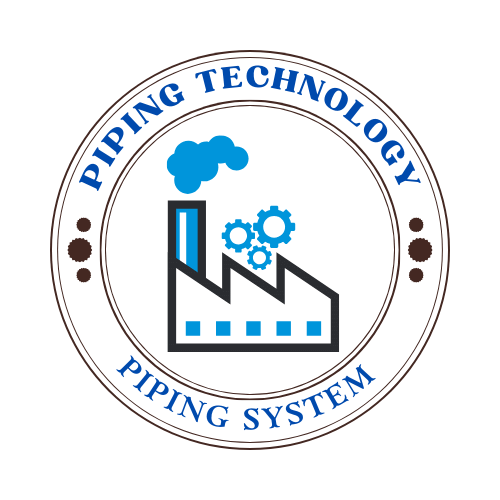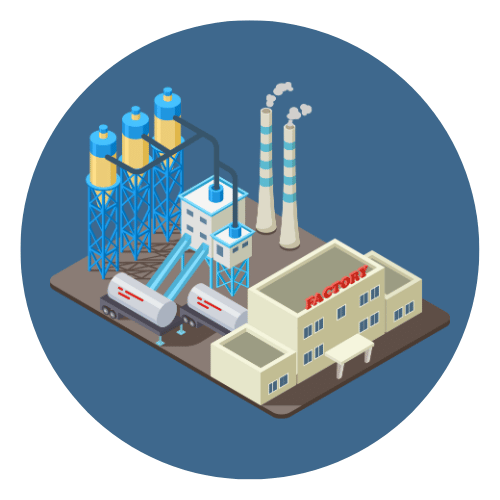
Pipe insulation is a vital component in building, industrial, and mechanical systems, designed to reduce heat loss or gain, prevent freezing, control condensation, and enhance overall system efficiency. Whether in residential plumbing, commercial HVAC systems, or high-temperature industrial pipelines, insulating pipes plays a key role in maintaining energy efficiency, safety, and performance.
In essence, pipe insulation involves wrapping piping systems with thermal materials—such as fiberglass, foam, rubber, or advanced composites—to regulate temperature and protect the system from environmental and operational damage. While it may seem like a minor detail in a larger infrastructure, the effects of proper pipe insulation are significant: it lowers energy bills, extends the life of piping systems, reduces carbon emissions, and helps meet building codes and safety standards.
The need for pipe insulation varies based on the type of fluid being transported, pipe material, ambient temperature, and specific industry regulations. For example, in cold climates, insulation prevents water pipes from freezing and bursting. In hot water or steam systems, insulation reduces heat loss and protects personnel from burns. In industrial applications, it safeguards process control, reduces noise, and prevents corrosion under insulation (CUI).
This article will explore the different types of pipe insulation, their benefits, installation techniques, maintenance practices, and regulatory standards. Whether you’re a homeowner looking to save on heating costs or a mechanical engineer working on a complex industrial system, understanding the importance and application of pipe insulation is essential for building sustainable, safe, and efficient piping networks.
I .What is pipe insulation ?



 Automation System
Automation System  Energy Engineeing
Energy Engineeing  Instrumentation System
Instrumentation System  Mechanical Engineering
Mechanical Engineering  Piping Technologies
Piping Technologies  Transportations
Transportations  Manufacturing
Manufacturing  Training Material
Training Material 















